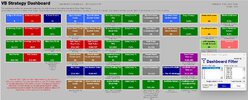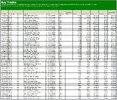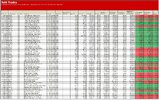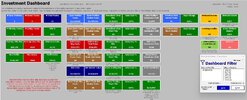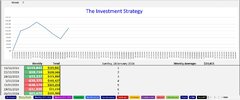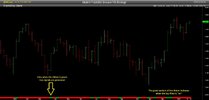- Joined
- 28 December 2013
- Posts
- 6,392
- Reactions
- 24,319
It takes "time" to get it right
From the initial idea to the final live trading phase, the entire process can be lengthy and challenging. The "Volatility Bounce Strategy" (VB Strategy) is one such example. This strategy has been in development for just over two years, and it's finally ready for live trading. But what does that process look like?
#1. The Idea
The first step in developing a trading strategy is to come up with an idea. This can involve exploring different technical indicators or combining different approaches. In the case of the VB Strategy, the idea was to create a system that can identify stocks that are in an uptrend, have strong momentum, and are bouncing off a support level.
Skate.
From the initial idea to the final live trading phase, the entire process can be lengthy and challenging. The "Volatility Bounce Strategy" (VB Strategy) is one such example. This strategy has been in development for just over two years, and it's finally ready for live trading. But what does that process look like?
#1. The Idea
The first step in developing a trading strategy is to come up with an idea. This can involve exploring different technical indicators or combining different approaches. In the case of the VB Strategy, the idea was to create a system that can identify stocks that are in an uptrend, have strong momentum, and are bouncing off a support level.
Skate.

